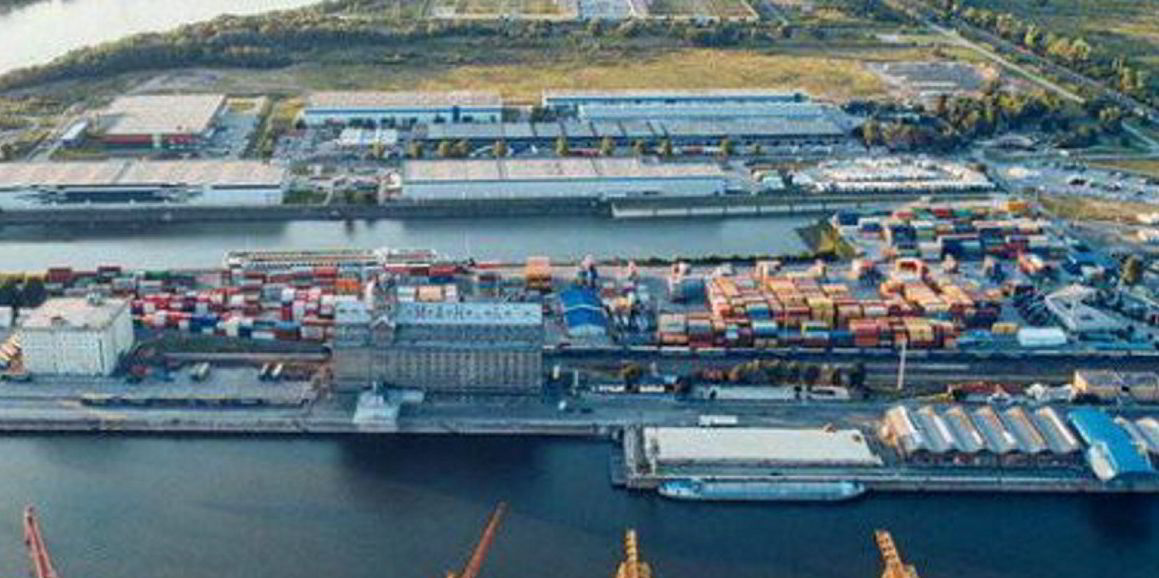Ukrainian Danube Shipping (UDP) is setting up logistics chains with European partners to get exports out of the war-torn country.
The state-controlled shipowner said on Facebook that a cooperation deal has already been signed covering Hungarian river ports, and talks are being held in Serbia and Austria.
UDP is working on combined transport services for grain, containers, metal and more at a uniform tariff rate.
The company owns 17 ships, including general cargo vessels, a tanker and reefers.
“We have a successful experience of working with combined services,” said deputy chief executive Vladyslav Belakh.
He pointed to the recent delivery of grain on trucks for loading onto a large bulker at the port of Constanta in Romania.
“This year, we are expanding this programme to European river ports,” he added.
According to Belakh, the company has lined up the first customers willing to buy agricultural products.
“For market participants who operate with small cargo volumes and do not have the appropriate expertise, it is sometimes easier to choose road transportation. The introduction of a combined shipping service will encourage such customers to return to river services,” he said.
UDP added: “Instead of freight charges from a loading point to an unloading point, we are starting to offer a combined service at a uniform tariff rate, which includes all the logistics chain components.”
The beginning of the year was not easy for Danube River shipping companies, but volumes are gradually increasing, Belakh said.
Big potential
“The potential of the Danube cargo base is huge, but during the period of record high rates in 2022/2023, the traditional group of customers was forced to reorient to other modes of transport, because they could not stand the competition with farmers who were ready for any rate to export their crops,” he said.
“It doesn’t happen that fast. Everyone is thinking, ‘Will the Danube flood the flow of grain from Ukraine again tomorrow?’ But the process of return has already begun.”
Most Ukrainian grain is still shipped by sea, but exporters have had to be adaptable during the war, using rivers and roads.
TradeWinds reported this month that Ukraine’s grain corridor attracted more ship traffic in its first seven months than the United Nations-protected Black Sea Grain Initiative did throughout its entire year of operation before Russia pulled the plug.
According to UN and TradeWinds data as of 5 March, 991 outbound vessel trips, carrying 28.9m tonnes of cargo — mostly foodstuffs — left the three big Ukrainian ports of Odesa, Chornomorsk and Yuzhny/Pivdennyi.
Russia had a chokehold on the former maritime humanitarian grain corridor by curbing the number of UN inspections in Istanbul, where inbound and outbound ships had to be cleared.
Under its own corridor, however, Ukraine has no such limits. Traffic volume depends largely on the weather and the cargoes available.






